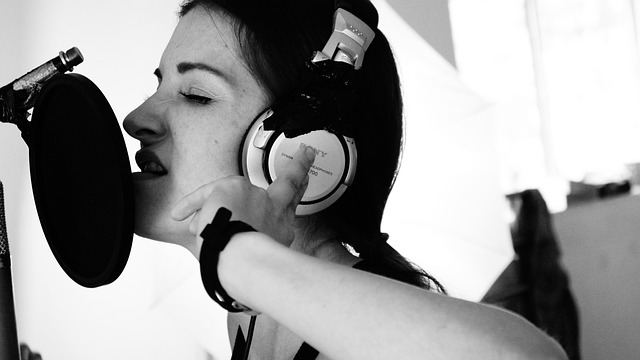Article Title:Presbyacusis and the auditory brainstem response
Abstract:
Age-related hearing loss (ARHL or presbyacusis) is an increasingly common form of sensorineural hearing loss (SNHL) as a result of changing demographics, and the auditory brainstem response (ABR) is a common experimental and clinical tool in audiology and neurology. Some of the changes that occur in the aging auditory system may significantly influence the interpretation of the ABR in comparison to the ABRs of younger adults. The approach of this review will be to integrate physiological and histopathological data from human and animal studies to provide a better understanding of the array of age-related changes in the ABR and to determine how ode-related changes in the auditory system may influence how the ABR should be interpreted in presbyacusis. Data will be described in terms of thresholds, latencies, and amplitudes, as well as more complex auditory functions such as masking and temporal processing. Included in the review of data will be an attempt to differentiate between age-related effects that may strictly be due to threshold elevation from those that may be due to the aging process.
Keywords: presbyacusis; aging; age-related hearing loss; auditory brainstem response; evoked potentials (auditory)
DOI: 10.1044/1092-4388(2002/100)
Source:JOURNAL OF SPEECH LANGUAGE AND HEARING RESEARCH
Welcome to correct the error, please contact email: humanisticspider@gmail.com



